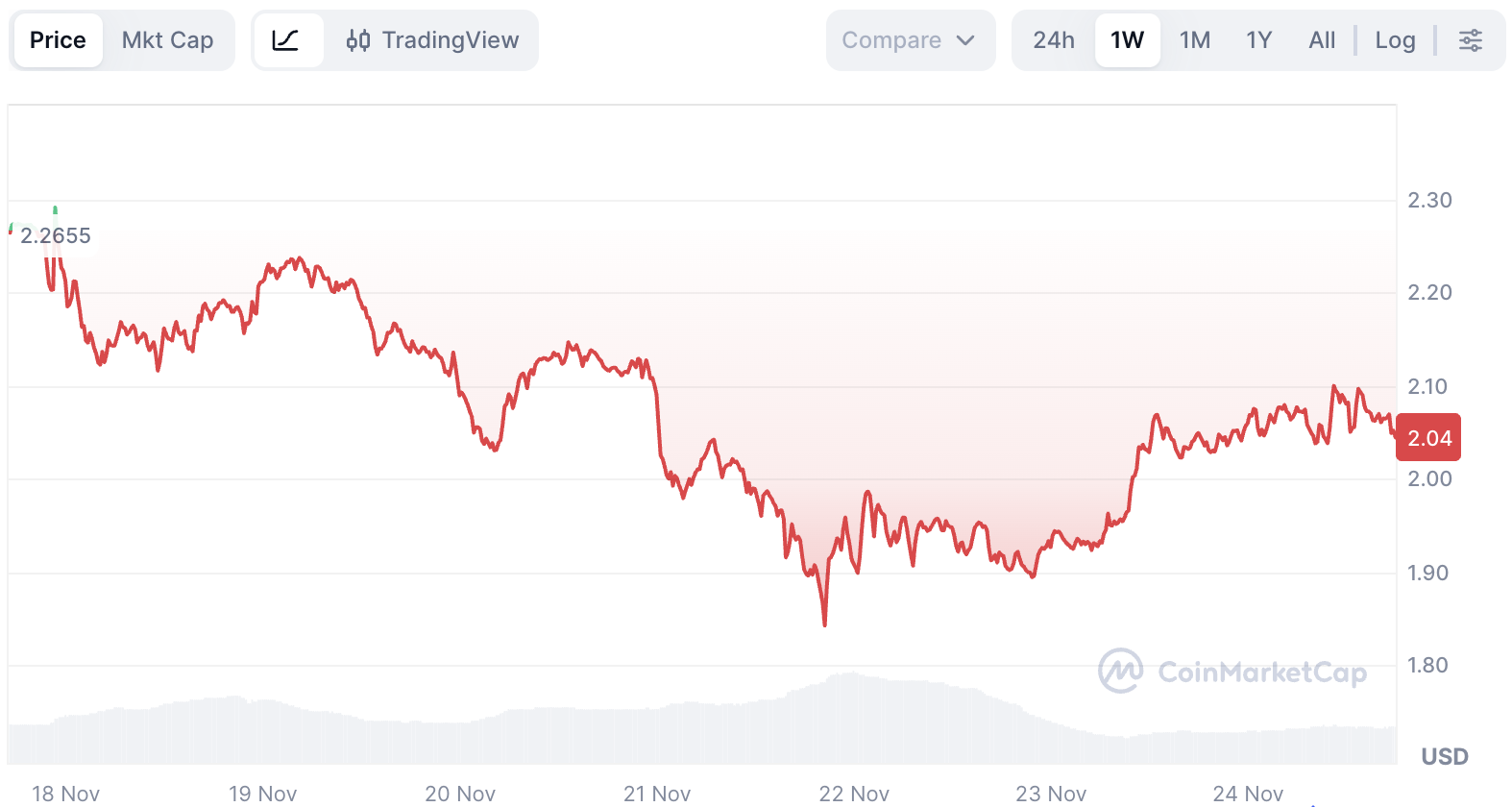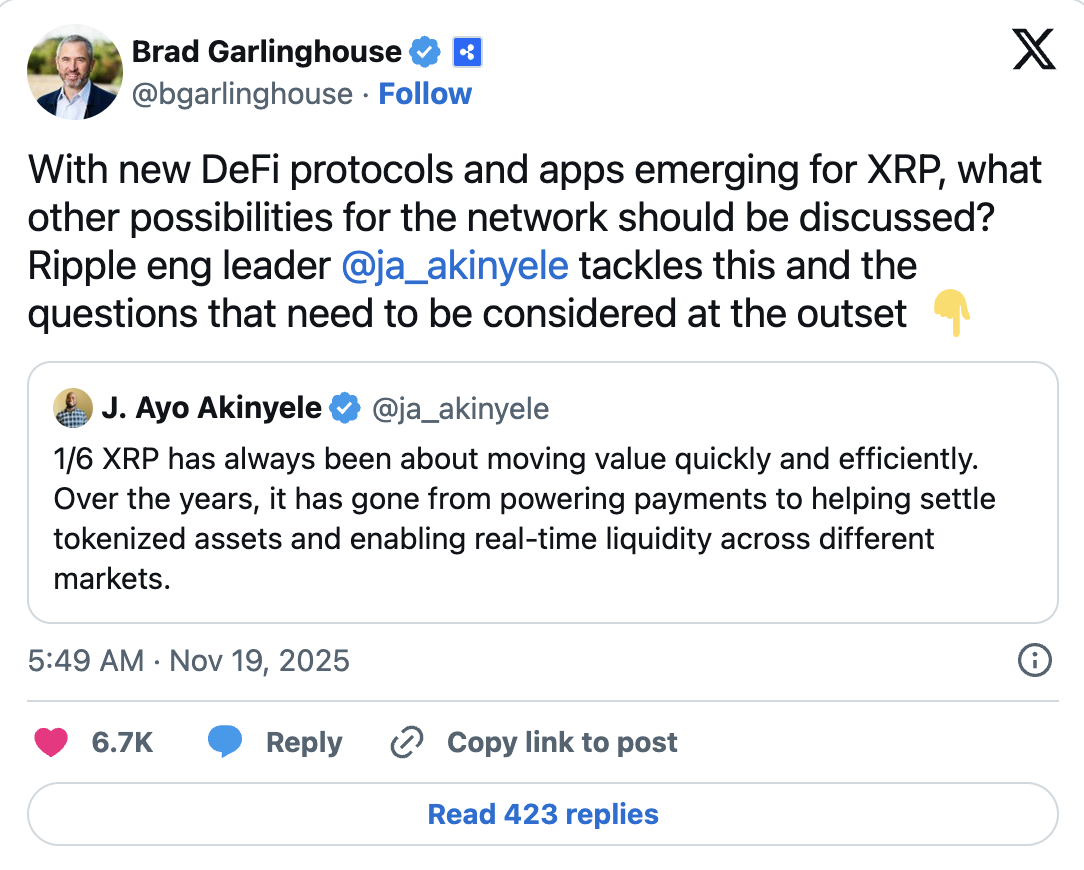
XRP News: Why XRP ETFs Are Booming but the XRP Price Isn’t—Latest Price Analysis, ETF Insights & Staking Debate
While XRP ETFs are smashing records with blockbuster trading volumes and fresh SEC approvals, the XRP price has surprised many by stumbling instead of soaring. What’s really happening beneath the headlines?
In this update, we break down the latest XRP news: from why institutional money isn’t pumping the XRP price to what’s next for XRP ETFs, where the charts say XRP could be heading, and whether true XRP staking is on the horizon or still just a dream. If you care about Ripple, the evolving ETF landscape, or are simply tracking the latest XRP price moves, this guide will help you make sense of the fast-changing XRP market.
XRP ETF Launches Break Records: What They Mean for Investors
The launch of XRP ETFs in 2025 marked a landmark moment for digital assets. On November 13, Canary Capital debuted the Spot XRP ETF (XRPC) on Nasdaq, registering nearly $59 million in first-day trading volume—making it the most successful ETF launch among more than 900 issuances this year. Within the first three sessions, cumulative ETF inflows topped $268 million, underscoring substantial institutional demand for XRP exposure.
Institutional interest doesn’t end there. Grayscale’s XRP and Dogecoin ETFs received SEC approval and began trading on the New York Stock Exchange (NYSE) on November 24. Industry analysts—including Bloomberg’s Eric Balchunas—noted that trading volumes could hit substantial benchmarks, reflecting growing confidence from both NYSE and U.S. regulators.
Key Takeaway: The robust inflow into new XRP ETFs signals that institutional investors consider XRP a relevant player in the evolving crypto landscape.
Why Recent XRP ETF Inflows Didn’t Propel XRP Price Higher
Despite record-setting ETF launches, XRP price has struggled to respond positively—raising crucial questions for traders and investors tracking the latest XRP news. Following Canary Capital’s ETF debut, XRP price fell nearly 11%, dropping from $2.52 to around $2.04.

Source: CoinMarketCap
Factors Behind XRP Price Weakness Post-ETF
-
Whale Selling: Data shows whales sold approximately 200 million XRP within 48 hours of the ETF’s launch, eclipsing institutional inflows and intensifying bearish sentiment.
-
Broader Market Correction: The entire crypto sector lost $1.1 trillion in market cap over just 41 days, with altcoins like XRP pressured further by Bitcoin’s retreat below $90,000.
-
Institutional Impact Lag: Experts emphasize that new ETF capital typically takes time to impact the underlying asset’s price, with significant effects possibly deferred until 2026.
On-Chain Insights: Even at a price over $2.10, 41.5% of XRP’s circulating supply remains in loss, pointing to a structurally fragile market dominated by late entrants and profit-taking.
XRP Price Analysis: Support, Resistance, and Future Predications
XRP Price Levels in Focus
As of late November 2025, XRP price trades around $2.07–$2.14. Recent action has tested several major historical levels:
-
Current support: $1.96 (2021 resistance, now flipped to support)
-
Key resistance: $2.18–$2.36; breaking above could open the path toward $3.00
-
Immediate downside risks: A break below $1.90 may accelerate declines to $1.73 or even $1.25 if capitulation occurs
Technical and On-Chain Commentary
-
Ichimoku Cloud: Still bullish, but price remains below short-term Tenkan-Sen and Kijun-Sen, suggesting near-term weakness within the broader uptrend.
-
RSI Indicator: Hovering near 58, indicating neutral market momentum.
-
Fibonacci Retracement: Maintaining above $2.02 is critical for a bullish case; otherwise more downside could emerge.
-
Network Participation: Daily active addresses on XRP Ledger have dropped by 91% since June, with slowing new user growth and short-term holder capitulation.
-
Expert Opinion: While some predict a rebound if bulls retake $2.08 and $2.26, others warn of a possible 55% fall toward $1.00 if bearish momentum accelerates.
XRP Staking in the Spotlight: Can You Earn Passive Income from XRP?
With staking taking center stage in DeFi, many XRP holders are wondering if native XRP staking is on the roadmap. Ripple leadership, including David Schwartz and Ayo Akinyele, have published technical drafts exploring the concept. However, several architectural hurdles remain:
-
XRP Ledger (XRPL) is optimized for fast value transfer and does not use a proof-of-stake (PoS) consensus, making direct staking and associated rewards structurally challenging.
-
Validators’ Role: Unlike PoS chains, XRP validators are not financially incentivized and do not compete to include new blocks, so adding rewards or slashing would demand deep protocol changes.
 Developer Consensus: While two alternative models (including a possible two-layer consensus with validator staking/slashing) have been discussed, Ripple CTO David Schwartz considers practical implementation unlikely in the near future.
Developer Consensus: While two alternative models (including a possible two-layer consensus with validator staking/slashing) have been discussed, Ripple CTO David Schwartz considers practical implementation unlikely in the near future.
Staking Alternatives for XRP Holders
While native staking may not arrive soon, solutions are emerging:
-
Synthetic & Third-Party Staking: Products like mXRP, built by Midas and Interop Labs, offer liquid staking options. These synthetic assets convert idle XRP into yield-bearing tokens (sometimes advertising up to 8% APY) and integrate with XRPL’s Ethereum Virtual Machine (EVM), connecting holders to DeFi protocols for yield farming and additional returns.
Conclusion: What’s Next for XRP Price and XRP ETF Developments?
The introduction of XRP ETFs has opened the door to institutional investment and heightened XRP’s profile in both global finance and U.S. regulatory circles. However, immediate XRP price action remains driven by broader market sentiment, whale activity, and the time-lag of institutional flows.
As native staking remains a technical challenge, innovative third-party solutions provide XRP holders new ways to earn passive income. Traders and long-term investors should monitor key support and resistance levels, ETF inflow trends, and technical developments within the XRP network.
Disclaimer: The opinions expressed in this article are for informational purposes only. This article does not constitute an endorsement of any of the products and services discussed or investment, financial, or trading advice. Qualified professionals should be consulted prior to making financial decisions.